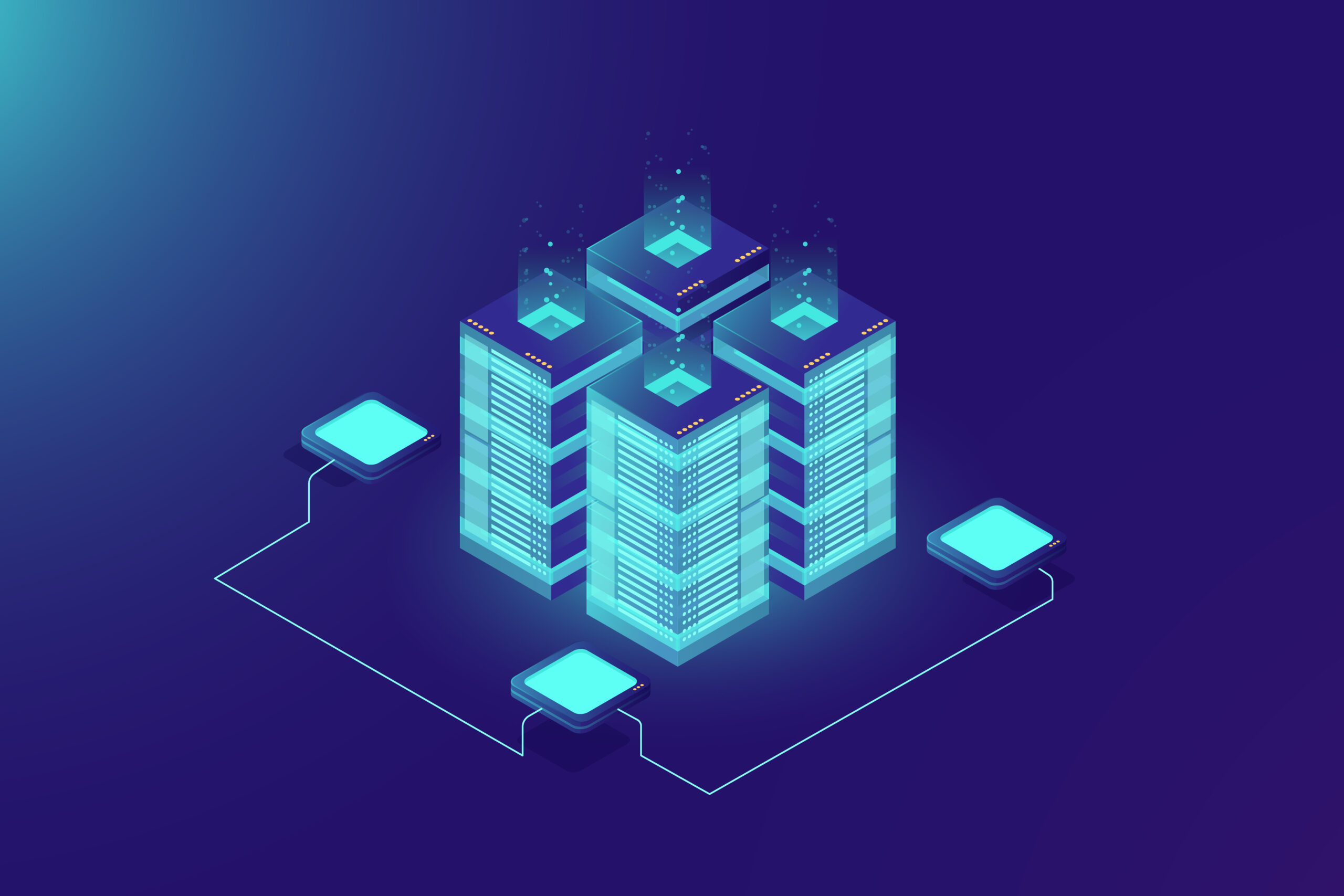Introduction:
Blockchain technology has evolved beyond its initial iteration, giving rise to the concept of blockchain layers. These layers serve different purposes, each contributing to the overall scalability, functionality, and efficiency of blockchain networks. In this blog post, we’ll unravel the mysteries of Layer 1, Layer 0, and Layer 2 blockchains, using simple terminology to ensure easy understanding. Let’s dive in!
Layer 1: The Foundation Layer
At the foundation of blockchain technology lies Layer 1, also known as the base layer. This layer forms the core infrastructure of a blockchain network and includes protocols like Bitcoin and Ethereum. Layer 1 blockchains serve as the bedrock, providing the fundamental components required for secure and decentralized transactions.
Bitcoin, the pioneer cryptocurrency, operates as a Layer 1 blockchain. It focuses primarily on secure peer-to-peer transactions and acts as a decentralized digital currency. Ethereum, on the other hand, not only enables digital currency transactions but also supports the execution of smart contracts. These Layer 1 blockchains form the backbone of the decentralized finance (DeFi) ecosystem.
Layer 0: The Networking Layer
Moving up the blockchain layers, we encounter Layer 0, also known as the networking layer. This layer encompasses the underlying network infrastructure that facilitates the communication and connectivity among nodes in a blockchain network. Layer 0 protocols ensure the efficient transmission of data, allowing for seamless interaction and consensus among participants.
One prominent example of Layer 0 technology is the InterPlanetary File System (IPFS). IPFS is a decentralized and distributed file storage system that uses a content-addressable network. It enables efficient data retrieval and storage, enhancing the overall performance and resilience of blockchain networks. By leveraging IPFS, blockchain projects can securely store and access data in a decentralized manner.
Layer 2: Scalability and Efficiency
Scaling blockchain networks to handle a higher volume of transactions while maintaining efficiency has been a significant challenge. Enter Layer 2, the solution to scalability and efficiency concerns. Layer 2 protocols build on top of Layer 1 blockchains, offering innovative mechanisms to process transactions off-chain, reducing congestion and increasing throughput.
One of the most well-known Layer 2 solutions is the Lightning Network, built on top of the Bitcoin blockchain. It enables fast and low-cost transactions by establishing payment channels between users, settling transactions off-chain, and only periodically recording the final result on the Layer 1 blockchain. This approach significantly improves scalability while maintaining the security guarantees of the underlying Layer 1 blockchain.
Another example of Layer 2 technology is the Ethereum-based solution called the Optimistic Rollup. It allows for the aggregation of multiple transactions into a single batch, which is then verified off-chain. By doing so, the Optimistic Rollup enhances Ethereum’s scalability, reducing transaction fees and congestion.
Conclusion:
Understanding the different layers of blockchain technology is crucial to grasp its full potential. Layer 1 provides the foundation for secure and decentralized transactions, with examples such as Bitcoin and Ethereum. Layer 0 focuses on networking infrastructure, enabling efficient data transmission through protocols like IPFS. Layer 2 solutions address scalability
